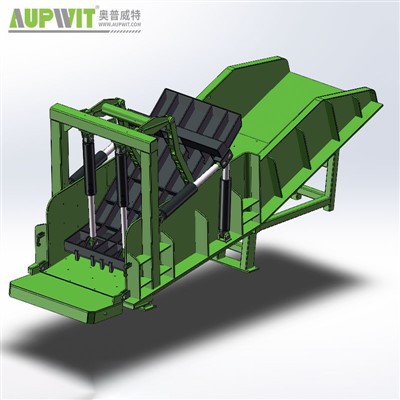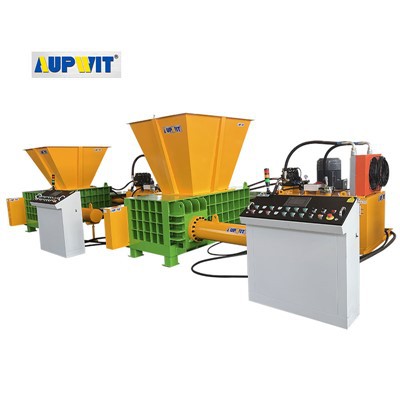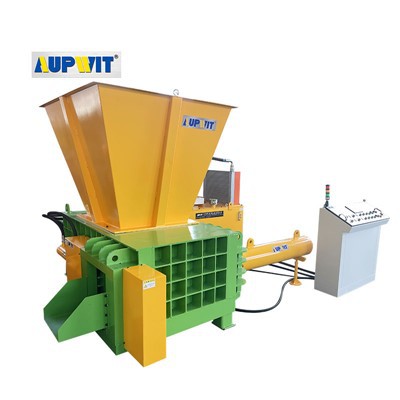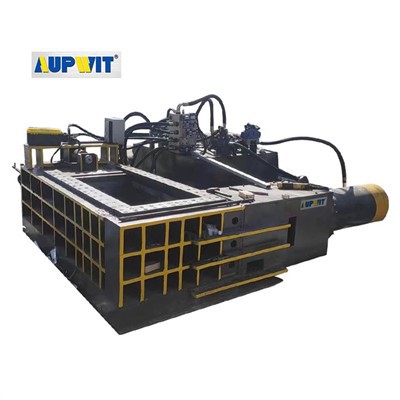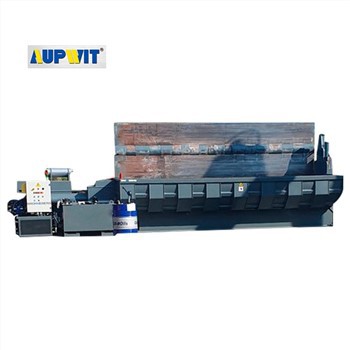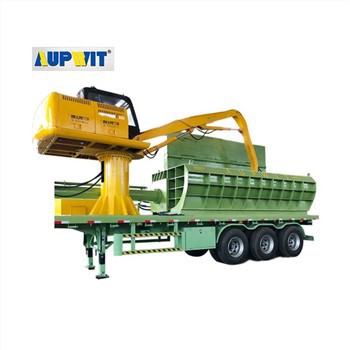Introduction
A Steel Briquetting Press is a heavy-duty recycling machine designed to compress loose steel scrap, turnings, and shavings into dense briquettes. This technology is essential for steel manufacturers, machining workshops, and recycling centers aiming to reduce scrap volume, recover valuable materials, and improve operational efficiency.
What Is a Steel Briquetting Press?
A Steel Briquetting Press applies high hydraulic or mechanical pressure to convert steel chips or scrap into compact briquettes without the need for binders. The resulting briquettes are easier to store, transport, and remelt, increasing the scrap’s resale value and reducing environmental impact.
Working Principle
-
Collection – Loose steel chips are gathered from machining or production lines.
-
Feeding – Scrap is fed into the hopper of the briquetting press.
-
Compression – A high-pressure piston compacts the material into briquettes.
-
Ejection – Finished briquettes are discharged for storage, recycling, or direct furnace charging.
This process can reduce the volume of steel scrap by up to 90%.
Benefits of Using a Steel Briquetting Press
-
Volume Reduction: Save valuable storage space and lower handling costs.
-
Coolant Recovery: Extract and recycle oils or coolants trapped in steel chips.
-
Higher Recycling Value: Briquetted steel commands a better price in the recycling market.
-
Improved Furnace Efficiency: Briquettes melt faster and more uniformly than loose scrap.
-
Environmental Compliance: Support cleaner production and reduce waste.
Common Applications
-
Steel Manufacturing Plants – Recycling turnings and shavings from production.
-
Metalworking Shops – Managing waste from CNC machining and cutting operations.
-
Foundries and Smelters – Feeding briquetted steel scrap directly into furnaces.
-
Recycling Facilities – Processing mixed steel and ferrous scrap for resale.
Key Features to Look for
-
Pressing Force – Choose a press that matches your scrap density and volume.
-
Briquette Size – Standard briquettes range from 50 to 150 mm in diameter.
-
Automation Level – Fully automated systems improve throughput and reduce labor costs.
-
Material Compatibility – Some presses handle mixed ferrous and non-ferrous metals.
-
Maintenance Access – Easy-to-clean hoppers and hydraulic systems reduce downtime.
Installation & Maintenance Tips
-
Foundation & Placement – Install on a stable surface to minimize vibration.
-
Routine Inspection – Regularly check hydraulic systems, seals, and wear parts.
-
Coolant Management – Integrate a coolant filtration system to recover valuable fluids.
-
Operator Training – Ensure staff understand safe operating procedures.
Market Trends
-
Growing demand for sustainable steel recycling solutions.
-
Integration of IoT-enabled monitoring for predictive maintenance and real-time data.
-
Development of high-speed and high-capacity presses for large-scale operations.
Conclusion
A Steel Briquetting Press is a valuable investment for any steel producer or recycler looking to reduce waste volume, recover valuable materials, and optimize furnace efficiency. By selecting the right press and maintaining it properly, businesses can cut costs, improve sustainability, and increase profits.


